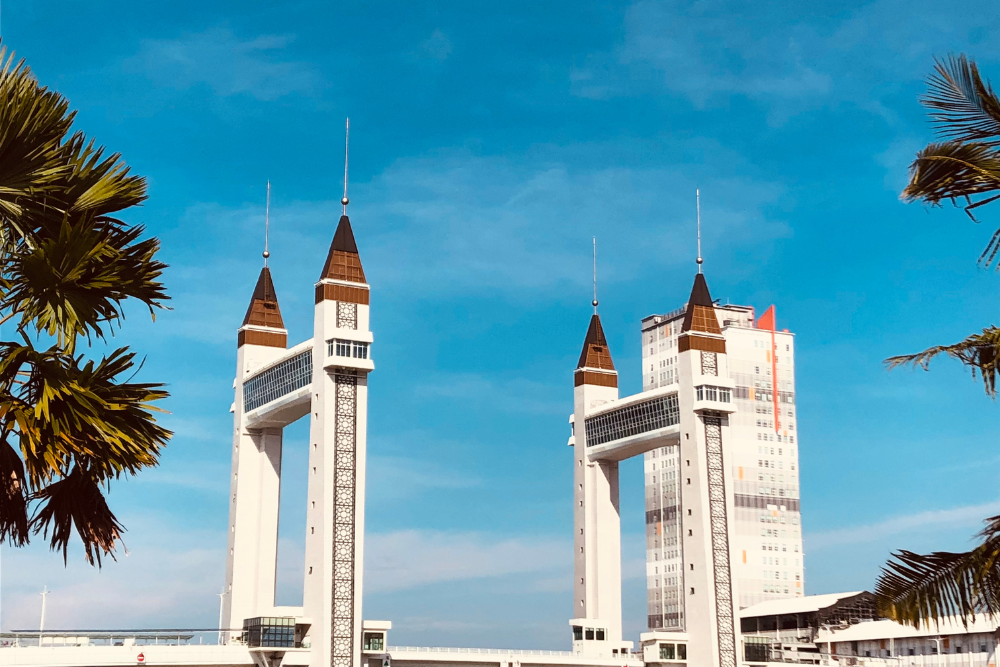Nestled along the northeastern coast of Peninsular Malaysia, Terengganu is a state renowned for its rich cultural history, vibrant traditions, and stunning natural landscapes. Among the many treasures of this region, the traditional wooden houses stand out as an iconic symbol of Terengganu’s architectural and cultural heritage. These houses, with their intricate craftsmanship and unique designs, offer a glimpse into the past and reflect the deep-rooted customs and way of life of the Malay people.
In this blog, we’ll take you on a journey through the traditional wooden houses of Terengganu, exploring their significance, construction techniques, and how they continue to shape the cultural identity of the region today.
The History and Significance of Traditional Wooden Houses in Terengganu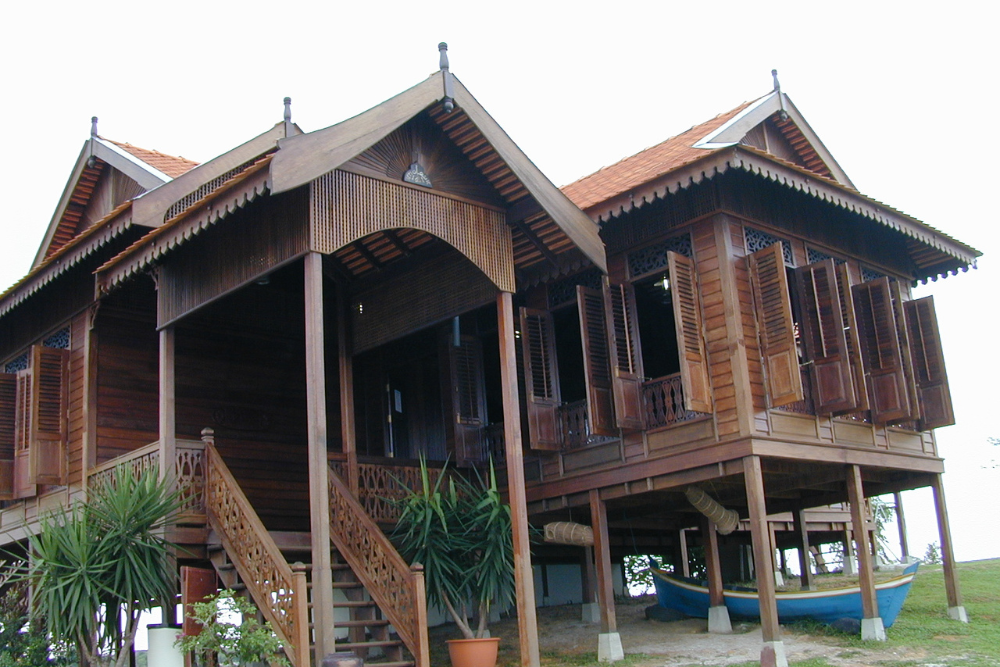
The traditional wooden houses of Terengganu, also known as rumah tradisional Terengganu, have a long history that dates back centuries. These houses were built using locally-sourced materials such as timber, bamboo, and rattan, making them perfectly suited to the tropical climate of the region. The construction of these homes reflects the ingenuity of the Malay people, who have perfected the art of building homes that are not only beautiful but also functional and sustainable.
In the past, these houses were often constructed by skilled craftsmen who passed down their knowledge through generations. The design and style of the houses varied depending on the social status of the family and the availability of resources. However, some common characteristics remained consistent across the different variations, including elevated wooden floors, steeply pitched roofs, and ornate wooden carvings.
These homes were more than just places to live; they were a reflection of the Malay way of life. The architecture of these houses incorporated elements of spirituality, community, and nature, with many homes featuring open spaces and courtyards that encouraged family interactions and a harmonious relationship with the natural environment.
Key Features of Traditional Wooden Houses in Terengganu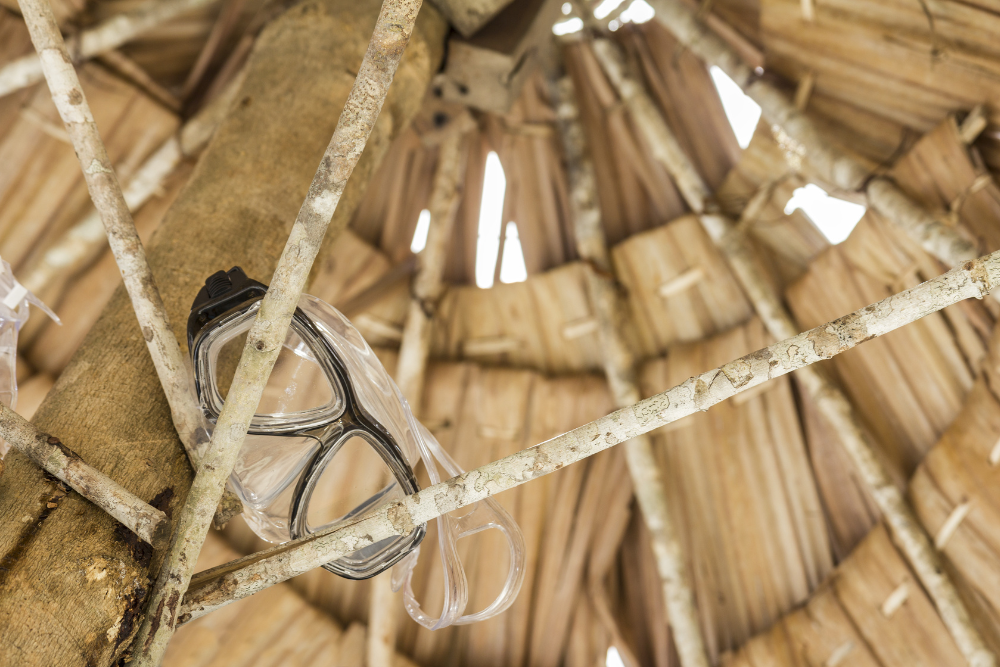
- Elevated Floors
- One of the most striking features of traditional houses in Terengganu is the elevated floors. The house is usually built on stilts, raised several feet above the ground. This design serves several practical purposes: it helps to prevent flooding during the monsoon season, keeps the house cool by allowing air to circulate beneath, and protects the family from animals and insects.
- The elevated floors also create a spacious under-house area, which can be used for storage or as a shaded outdoor living area.
- Steeply Pitched Roofs
- The roofs of traditional Terengganu houses are typically steeply pitched, often with multiple tiers. This design is not only visually striking but also functional. The steep roof helps to shed rainwater quickly, which is essential during the heavy rains of the monsoon season. The design also allows for better ventilation, ensuring the house remains cool in the hot, humid climate.
- The roof is usually made of thatch, wooden shingles, or metal, and the peak is often adorned with decorative elements, including carvings or ceramic tiles.
- Ornate Wood Carvings
- Intricate wood carvings are a hallmark of traditional Malay architecture, and the houses of Terengganu are no exception. These carvings, often found on doors, windows, and eaves, depict a range of motifs, including floral patterns, geometric shapes, and elements of nature such as birds and leaves.
- The carvings are not just decorative; they also have symbolic meanings. In the past, certain patterns were believed to ward off evil spirits, while others represented good fortune and prosperity.
- Open Layout and Courtyards
- Traditional Terengganu houses often feature an open layout with large communal spaces that promote social interaction. The living area is usually centrally located, with rooms branching off from the main space. The design of the house encourages family bonding and provides ample space for gatherings.
- Many houses also feature a courtyard or garden area, which serves as a gathering place for the family. This connection to nature is an important aspect of the Malay way of life, where the home is seen as a harmonious extension of the natural environment.
- Use of Local Materials
- The traditional wooden houses of Terengganu are made primarily from local timber, such as meranti, jati, and balau wood. These materials are chosen for their durability, strength, and resistance to the humid tropical climate.
- Bamboo and rattan are also used in some designs for decorative elements and furniture. The use of natural materials ensures that the house blends seamlessly with the surrounding environment and maintains a close connection to the land.
Where to See Traditional Wooden Houses in Terengganu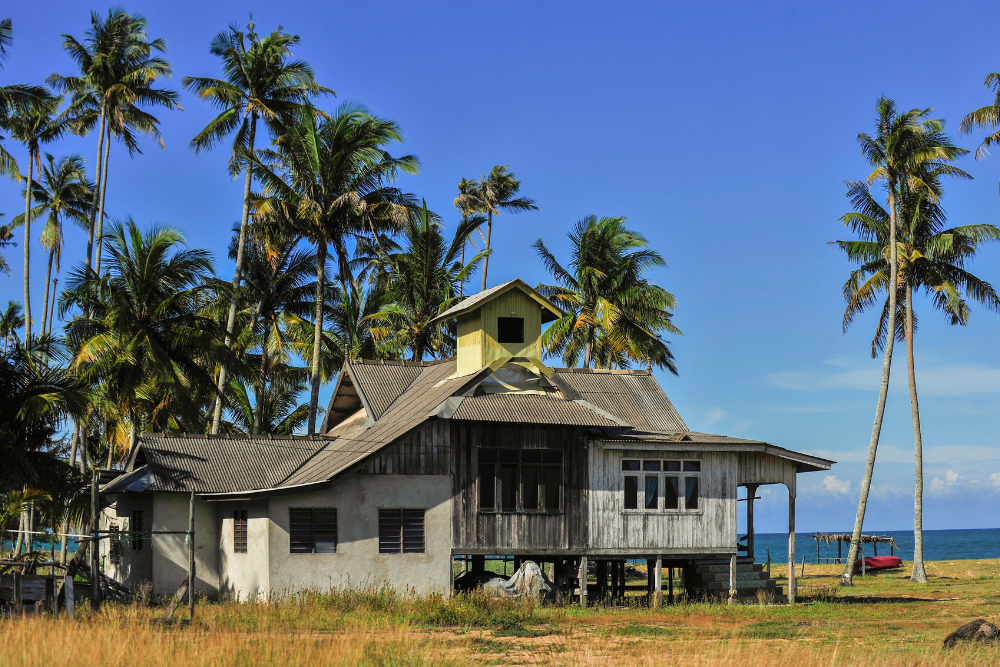
While traditional wooden houses can still be found in rural areas throughout Terengganu, there are certain places where you can get an even closer look at these architectural gems:
- The Terengganu State Museum (Muzium Negeri Terengganu)
- Located in Kuala Terengganu, the state capital, the Terengganu State Museum is the largest museum in Malaysia and offers an excellent insight into the state’s cultural heritage. Within the museum complex, you’ll find a collection of traditional Malay houses, including some iconic wooden structures that showcase the architecture of the region.
- The museum is a great place to learn about the history and craftsmanship behind the traditional houses of Terengganu, as well as the various tools and materials used by the artisans.
- Losong Village
- Losong Village, located on the outskirts of Kuala Terengganu, is known for its traditional houses, many of which have been preserved to maintain the authenticity of the region’s heritage. The village offers visitors a chance to experience what life was like in a traditional Terengganu home, with its elevated floors and intricately carved wooden structures.
- Additionally, Losong is famous for its keropok lekor (fish crackers), so visitors can enjoy both the architecture and the local delicacies.
- Pulau Duyong
- Pulau Duyong, a small island off the coast of Kuala Terengganu, is home to a community of skilled boatbuilders who still practice traditional craftsmanship. The island is also known for its beautiful wooden homes, which reflect the unique architectural style of Terengganu. A visit to Pulau Duyong offers a chance to witness the blend of traditional architecture and artisanal craftsmanship.
- Many of the island’s houses are located by the water, offering stunning views of the surrounding mangrove forests and waterways.
- Traditional Villages in the Countryside
- To truly immerse yourself in the culture of Terengganu, consider visiting one of the many traditional villages located in the rural areas of the state. These villages often feature clusters of traditional wooden houses and provide a glimpse into the daily lives of local communities. Many villagers still maintain the ancient craft of building and repairing these wooden homes, passing their knowledge down to future generations.
The Future of Terengganu’s Traditional Wooden Houses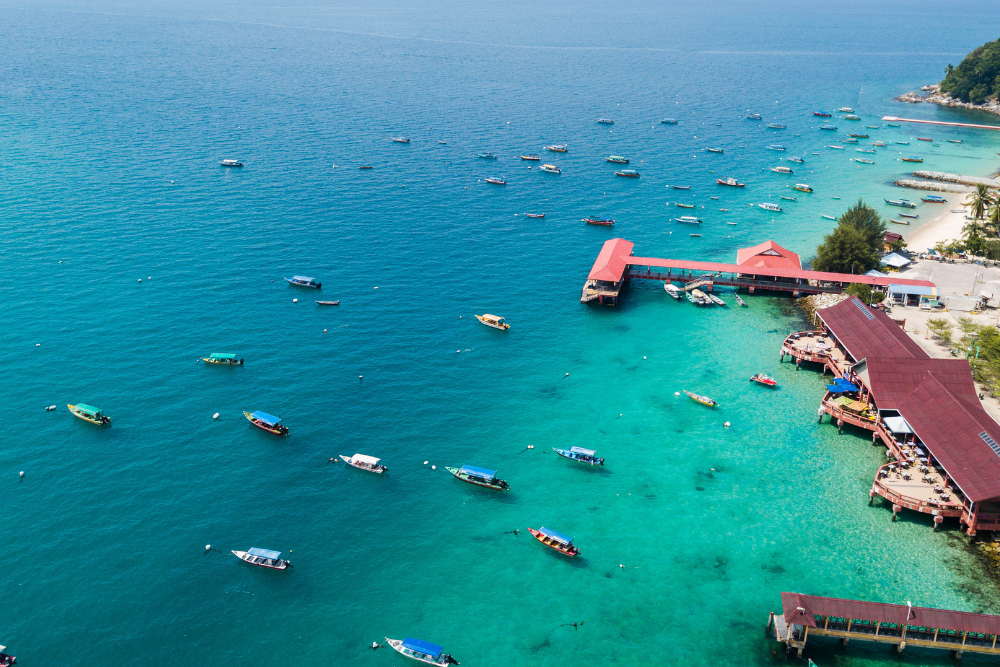
While many of Terengganu’s traditional wooden houses have been replaced by modern structures, efforts are being made to preserve and protect these architectural treasures. Local communities, cultural organizations, and the state government are working to ensure that traditional craftsmanship is passed down to future generations.
In addition to conservation efforts, there is growing interest in eco-tourism and heritage tourism, which encourages the preservation of cultural landmarks, including traditional wooden houses. Some villages and resorts have embraced this trend, offering visitors the opportunity to stay in traditional wooden houses while learning about the cultural significance of the architecture.
Conclusion
The traditional wooden houses of Terengganu are not just architectural wonders; they are a testament to the region’s rich cultural history and the ingenuity of the Malay people. These homes, with their elevated floors, steep roofs, and intricate wood carvings, are deeply intertwined with the way of life in Terengganu, reflecting the community’s connection to nature, family, and spirituality.
As you explore Terengganu, take time to visit these traditional wooden houses and gain a deeper understanding of the state’s heritage. Whether you’re wandering through a museum, visiting a village, or simply admiring the craftsmanship of a local house, the traditional wooden houses of Terengganu offer a fascinating glimpse into Malaysia’s past and present.



